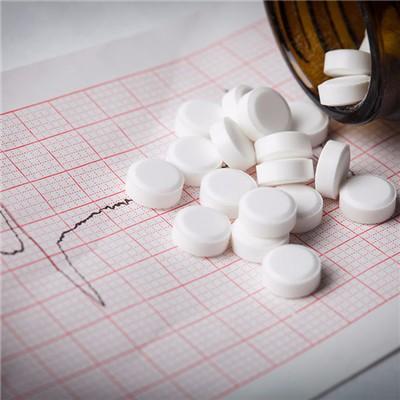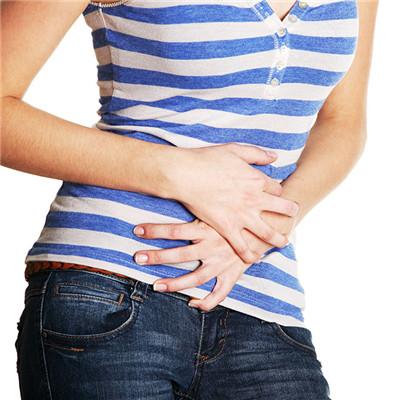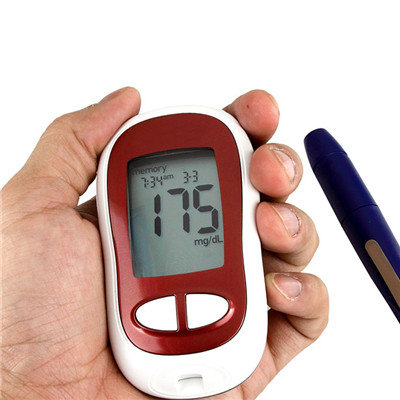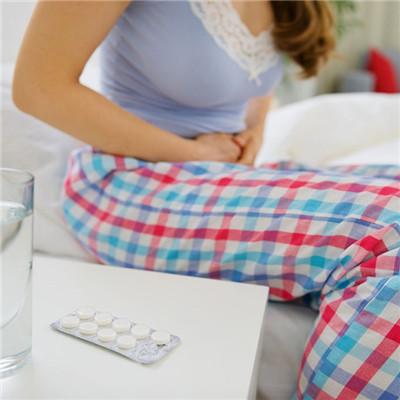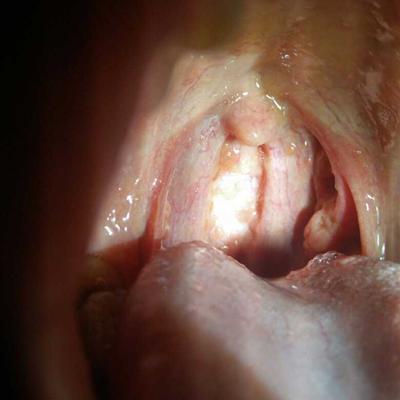The kind of toothache symptom?
summary
In fact, toothache is not a single factor, it is also a type of distinction. Sometimes, the occurrence of toothache is very sudden. If there is no medicine for toothache around us, it is very important to know some emergency pain relief measures for toothache at this time. The kind of toothache symptom? Let's talk about it.
The kind of toothache symptom?
The toothache caused by tooth decay is commonly known as pulpitis or periapical periodontitis. The manifestation of this toothache: the teeth have formed cavities, especially sensitive to the stimulation of sugar, dairy food, cold, hot and other substances. Therefore, when it attacks, it is a kind of bone drilling pain, and it is usually not accompanied by gingival reaction. This kind of toothache is generally more painful at night than during the day, and more painful when lying down than sitting down.
Periodontitis caused by toothache, periodontitis patients do not necessarily have toothache, but when the gums atrophy caused, so the majority of patients in the elderly, the scope of tooth pain is not the same, some people are only a tooth or two or three adjacent toothache. Some people are upper and lower gums, a wide range of teeth will be painful. The reason for this phenomenon is that the pain of periodontitis is not caused by the teeth themselves, but by a kind of anaerobic bacteria in the mouth that causes gingival congestion and inflammation of periodontal tissue, which stimulates the dental nerve and causes pain (especially soreness), which will directly aggravate the pain in the process of biting. In addition, this kind of toothache does not appear gingival swelling phenomenon.
Inflamed toothache mainly occurs in the gums of the upper and lower posterior teeth. The disease is acute, which can also be called acute gingivitis, commonly known as "Fenghuo toothache". Gingival swelling, the main pain point is the gum, a little touch is very painful, not to mention chewing food, even open the mouth will feel pain, more uncomfortable than the true sense of toothache. Severe cases will have sore throat, lymphadenopathy, fever, poor stool or constipation and other symptoms. The tongue coating is thick, dry or yellow, and the color of tongue is bright red. From these series of symptoms can be seen because of the body lesions (commonly known as "inflamed") caused by acute gingival inflammation, the cause of the lesions is not caused by the gums and teeth themselves, so this kind of toothache is also known as toothache complications.
matters needing attention
1. Reduce or eliminate the pathogen irritants: reduce or eliminate plaque, change the oral environment, create clean conditions is an important part of caries prevention, the most practical and effective way is to brush teeth and gargle. Everyone should develop oral hygiene habits from childhood and learn to brush teeth reasonably. Brushing teeth can remove most of the bacteria in the mouth and reduce plaque formation. Brush once in the morning and once in the evening as much as possible, and gargle after meals. Brushing your teeth before spitting is more important because of the long interval at night, bacteria are easy to multiply. The correct method of brushing teeth is 45 degrees, then turn the brush head, brush from top to bottom, repeat about 10 times for each part, the same method for inside and outside. When brushing the mandibular posterior teeth, place the toothbrush on the mandibular posterior teeth. The bristles are still at a 45 degree angle with the teeth. Rotate the brush head and brush from bottom to top. Repeat for about 10 times for each part. The inside and outside brushing method is the same. The upper and lower anterior teeth were brushed the same way as the posterior teeth. When brushing the palatal surface of the upper anterior teeth and the lingual surface of the lower anterior teeth, the head of the opera can be firmly erect, the upper teeth can be brushed from top to bottom, and the lower teeth can be brushed from bottom to top. When brushing the occlusal surface of upper and lower teeth, put the toothbrush on the occlusal surface of teeth and brush back and forth horizontally with a little force. In this way, you can clean the food residue between teeth and on each tooth surface, and gargle after brushing. Do not cross brush, cross brush easy to damage the gums, but also brush the residue in the teeth. 2. Eat more coarse, hard and fibrous food, which can clean the tooth surface and reduce the accumulation of food debris. Hard food needs to be chewed fully, which can not only strengthen the periodontal tissue, but also rub the bite surface of teeth, which may make the pit and fissure shallower and reduce the occurrence of pit and fissure caries. 3. Reduce or control the sugar in the diet: China is a country with cereal as the staple food, so it is difficult to control the carbohydrate in the diet to prevent dental caries. But in recent years, sugar food and various drinks have increased significantly. Attention should be paid to publicity. Form a habit since childhood, do not eat sugar before going to bed. From young children to develop eating more vegetables, fruits and calcium, phosphorus, vitamins and other food. Try to eat as much roughage as possible. We should pay attention to breastfeeding infants.


